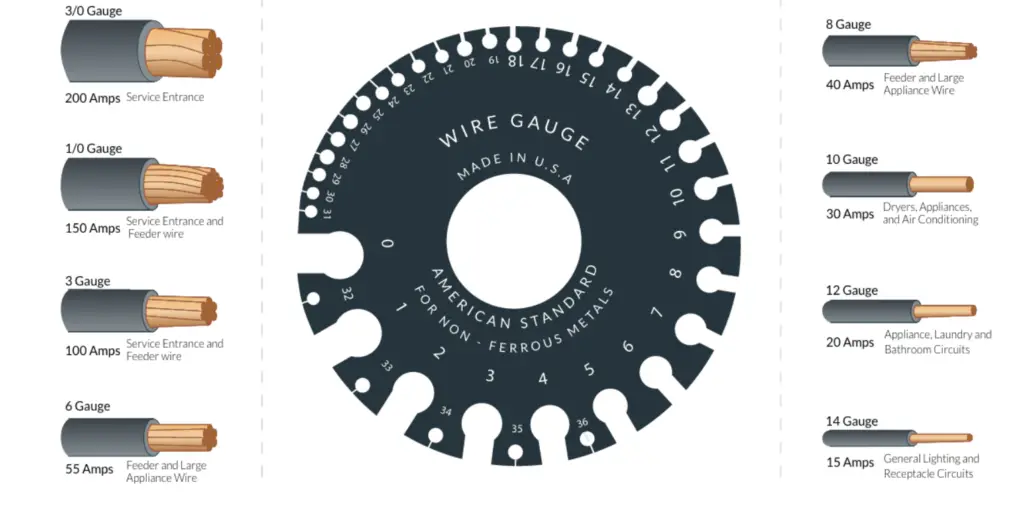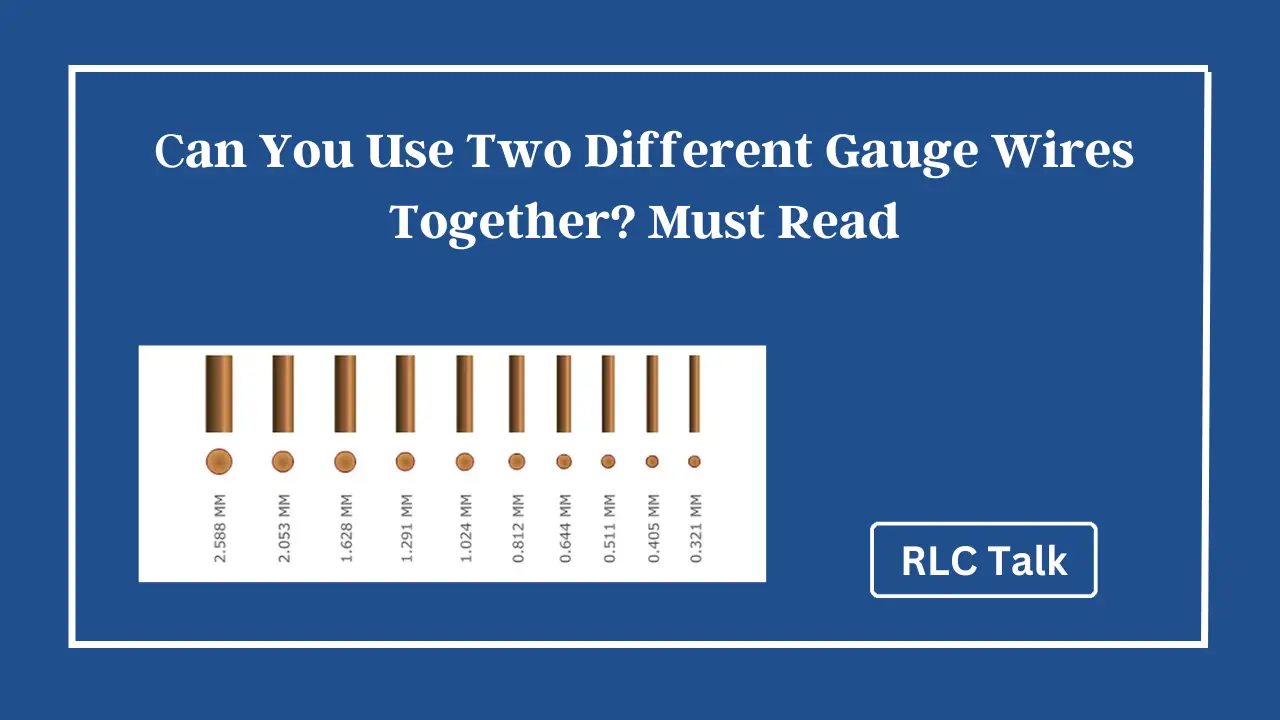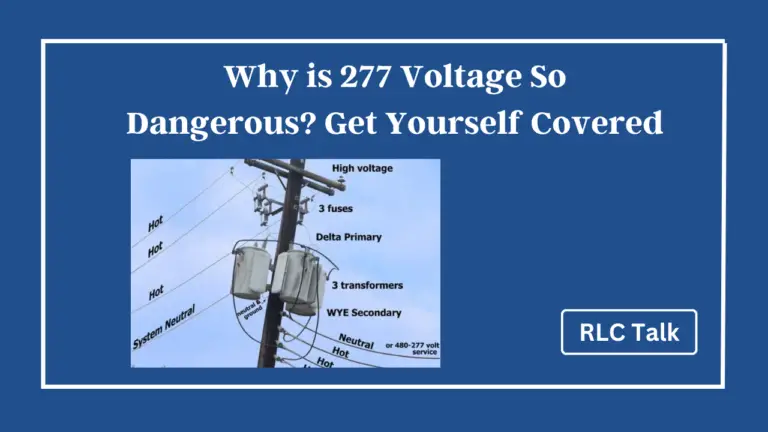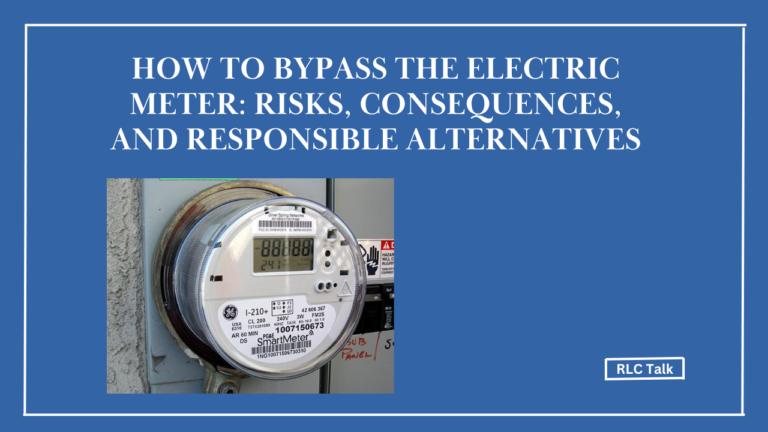Can You Use Two Different Gauge Wires Together? Must Read
Yes, you can use two different gauge wires together, but it is important to consider potential issues such as impedance differences, overheating risks, and voltage drop concerns. Factors like wire length and maximum current load should be evaluated. Connectors or adapters designed for different gauge wires can help maintain proper connections. Consulting with a professional electrician is recommended.
Gauge wires play a crucial role in electrical systems, and understanding their compatibility is vital to ensure safety and efficiency. When it comes to using two different gauge wires together, homeowners and DIY enthusiasts often have questions.
In this article, we will delve into the topic and explore whether it is feasible to mix different gauge wires in electrical installations.
What is called a wire gauge?

To begin, let’s gain a better understanding of gauge wires. Wire gauge measures a wire’s diameter and is denoted by a numerical value. The lower the gauge number, the thicker the wire.
The gauge of a wire affects its current-carrying capacity and is an essential consideration when designing electrical circuits.
Combined wire gauge chart
Here’s a combined wire gauge chart that provides a comparison of wire gauges commonly used in electrical applications:
| Wire Gauge | AWG | Diameter (inches) | Diameter (mm) |
| 0000 | 4/0 | 0.46 | 11.7 |
| 000 | 3/0 | 0.4096 | 10.4 |
| 00 | 2/0 | 0.3648 | 9.3 |
| 0 | 1/0 | 0.3249 | 8.3 |
| 1 | 1 | 0.2893 | 7.4 |
| 2 | 2 | 0.2576 | 6.5 |
| 3 | 3 | 0.2294 | 5.8 |
| 4 | 4 | 0.2043 | 5.2 |
| 5 | 5 | 0.1819 | 4.6 |
| 6 | 6 | 0.162 | 4.1 |
| 7 | 7 | 0.1443 | 3.7 |
| 8 | 8 | 0.1285 | 3.3 |
| 9 | 9 | 0.1144 | 2.9 |
| 10 | 10 | 0.1019 | 2.6 |
| 11 | 11 | 0.0907 | 2.3 |
| 12 | 12 | 0.0808 | 2.1 |
| 13 | 13 | 0.072 | 1.8 |
| 14 | 14 | 0.0641 | 1.6 |
| 15 | 15 | 0.0571 | 1.4 |
| 16 | 16 | 0.0508 | 1.3 |
| 17 | 17 | 0.0453 | 1.1 |
| 18 | 18 | 0.0403 | 1.0 |
| 19 | 19 | 0.0359 | 0.9 |
| 20 | 20 | 0.032 | 0.8 |
| 21 | 21 | 0.0285 | 0.7 |
| 22 | 22 | 0.0254 | 0.6 |
| 23 | 23 | 0.0226 | 0.6 |
| 24 | 24 | 0.0201 | 0.5 |
Please note that this chart provides general information and may vary slightly depending on the specific wire manufacturer or region. It is always recommended to consult the wire manufacturer’s specifications or consult with an electrician for precise and accurate information regarding wire gauge and diameter.
What are the potential issues with mixing gauge wires?
Mixing two different gauge wires together can introduce potential issues that need to be carefully evaluated.
The resistance between the wires
One such concern is the difference in impedance and resistance between the wires. When two wires with different gauges are connected, the current flow can be affected, leading to inefficient performance or even equipment damage.
Overheating
Another significant issue is the risk of overheating. The wire with a lower gauge can handle a higher current load without heating up excessively.
However, if it is combined with a higher gauge wire, the thinner wire may become a bottleneck and overheat due to increased resistance. This can pose a serious safety hazard.
Voltage drop
Additionally, voltage drop is a consideration when mixing gauge wires. Voltage drop occurs when there is a significant reduction in voltage due to resistance in the wire. Using wires with different gauges can result in varying resistance, leading to uneven voltage distribution and potential problems in electrical devices or appliances.
How to Twist Wire with a Drill? Step By Step Guide
rlctalk.com
What are the factors to Consider when Mixing Gauge Wires?
If you need to mix gauge wires, several factors should be considered.
Length of the wire run
Firstly, consider the length of the wire run. Longer wire runs can experience more significant voltage drops, so using a thicker gauge wire for longer distances can help mitigate this issue.
Maximum current load
Another crucial factor is the maximum current load. Determine the maximum amount of current that will flow through the circuit and ensure that both wires can handle the load without overheating or causing other electrical problems.
This information can usually be found in the wire manufacturer’s specifications or through consultation with an electrician.
Using Connectors or Adapters
In some cases, it may be necessary to use connectors or adapters when joining two different gauge wires. Connectors and adapters are designed to facilitate secure and reliable connections between wires of varying sizes. They can help maintain proper electrical conductivity and reduce the risk of overheating or other issues.
Various types of connectors are available, including butt, crimp, and twist-on wire. It is crucial to select the appropriate connector for the specific gauge combination and ensure proper installation. Compatibility between the connectors and wires must be carefully considered to avoid any negative consequences.
What happens if I use the wrong gauge wire?
Using the wrong gauge wire can lead to several potential issues. Using a wire with a gauge that is too small for the intended current load can result in excessive resistance, leading to overheating of the wire and potentially causing a fire hazard.
On the other hand, using a wire with a gauge that is too large for the application may not pose an immediate safety risk but can be inefficient and costly. It can result in unnecessary expenses for thicker and more expensive wire, and it may also be challenging to make proper connections with connectors or terminals designed for smaller gauge wires.
Additionally, mismatched gauge wires can cause voltage drops, affecting electrical devices’ and appliances’ performance and efficiency. It is essential to select the appropriate gauge wire based on the specific requirements and consult with an electrician when in doubt.
Best Practices and Recommendations
It is always advisable to consult with a professional electrician regarding electrical installations. They have the expertise to evaluate your specific situation, recommend the appropriate gauge wire combinations, and ensure compliance with safety standards.
Furthermore, ensuring proper insulation and protection for all electrical connections is essential. Insulation materials such as heat shrink tubing can provide an extra layer of safety by preventing contact between wires and reducing the risk of short circuits or electrical hazards.
Regular inspection and maintenance of the electrical system are also critical. By periodically checking for signs of wear, damage, or loose connections, you can address any potential issues before they escalate into more significant problems.
How To Cap Off Electrical Wires?
rlctalk.com
Conclusion
In conclusion, while using two different gauge wires together is possible, it requires careful consideration of various factors. Mixing gauge wires can introduce impedance, resistance, and voltage drop issues, which can affect the overall performance and safety of the electrical system. By understanding the potential challenges and following best practices, you can make informed decisions and ensure a reliable and efficient electrical installation.







